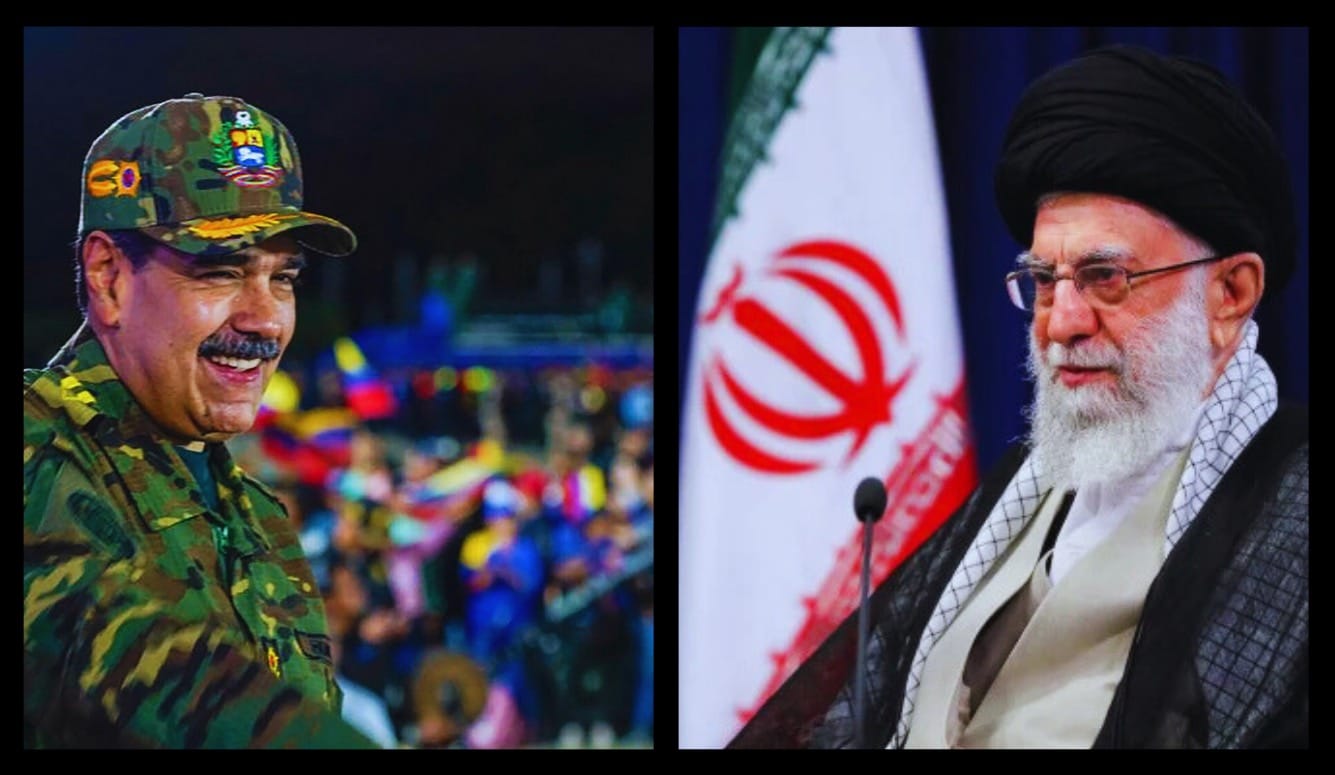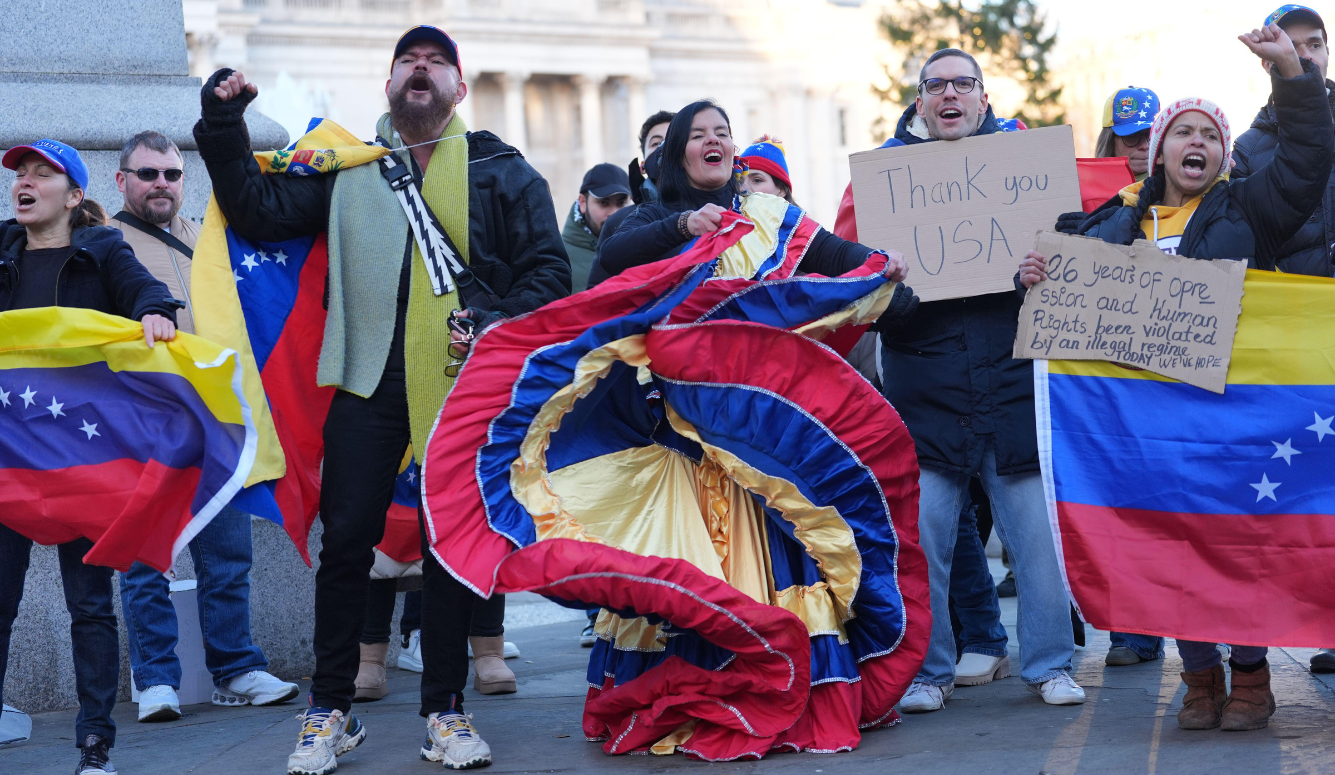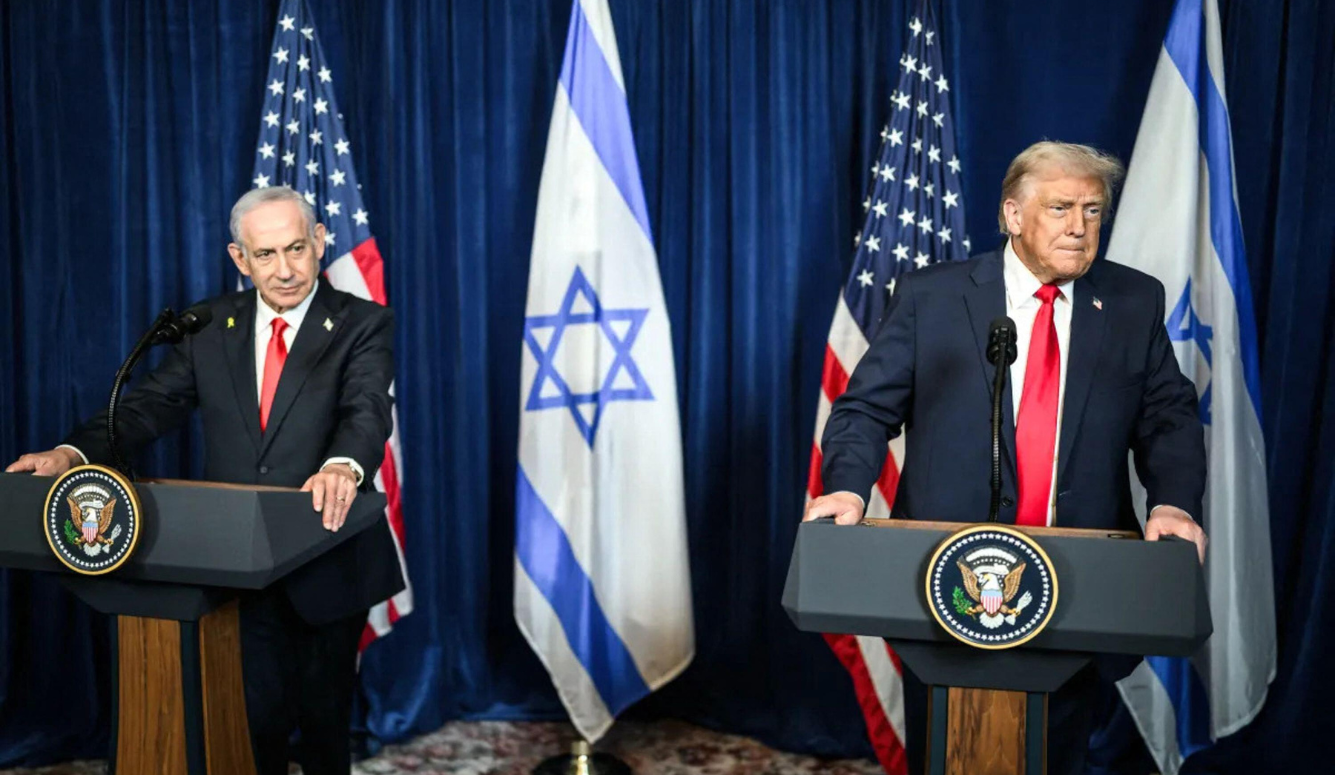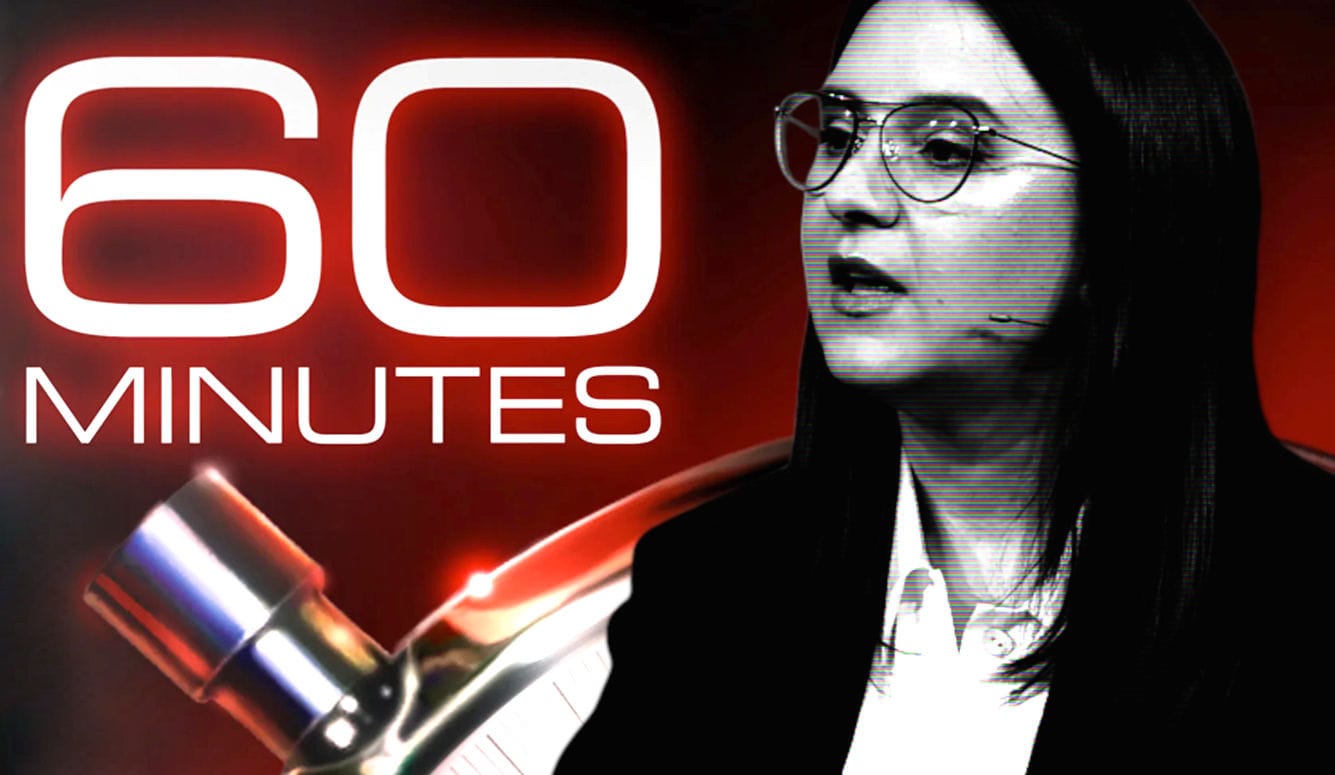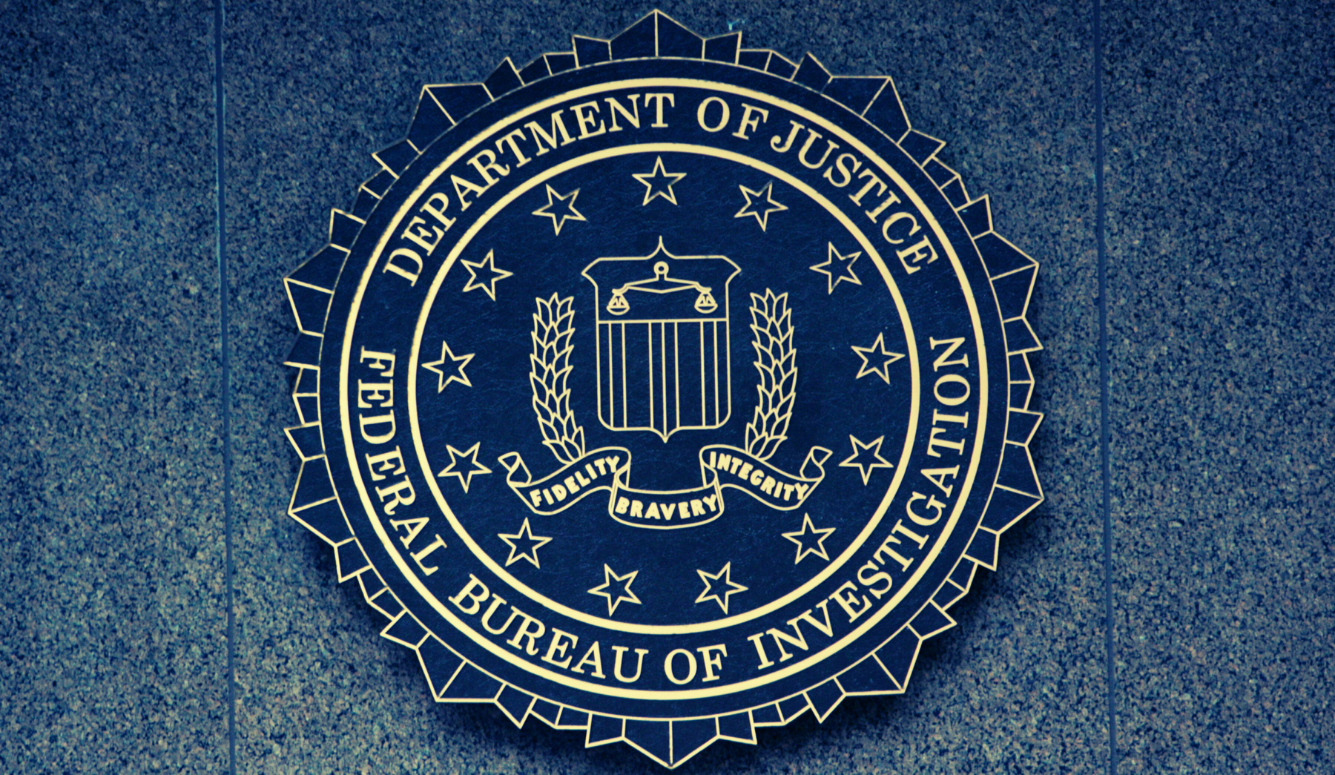Politics
Russiagate Redux
The real hoax is the one being peddled by the Trump administration right now.
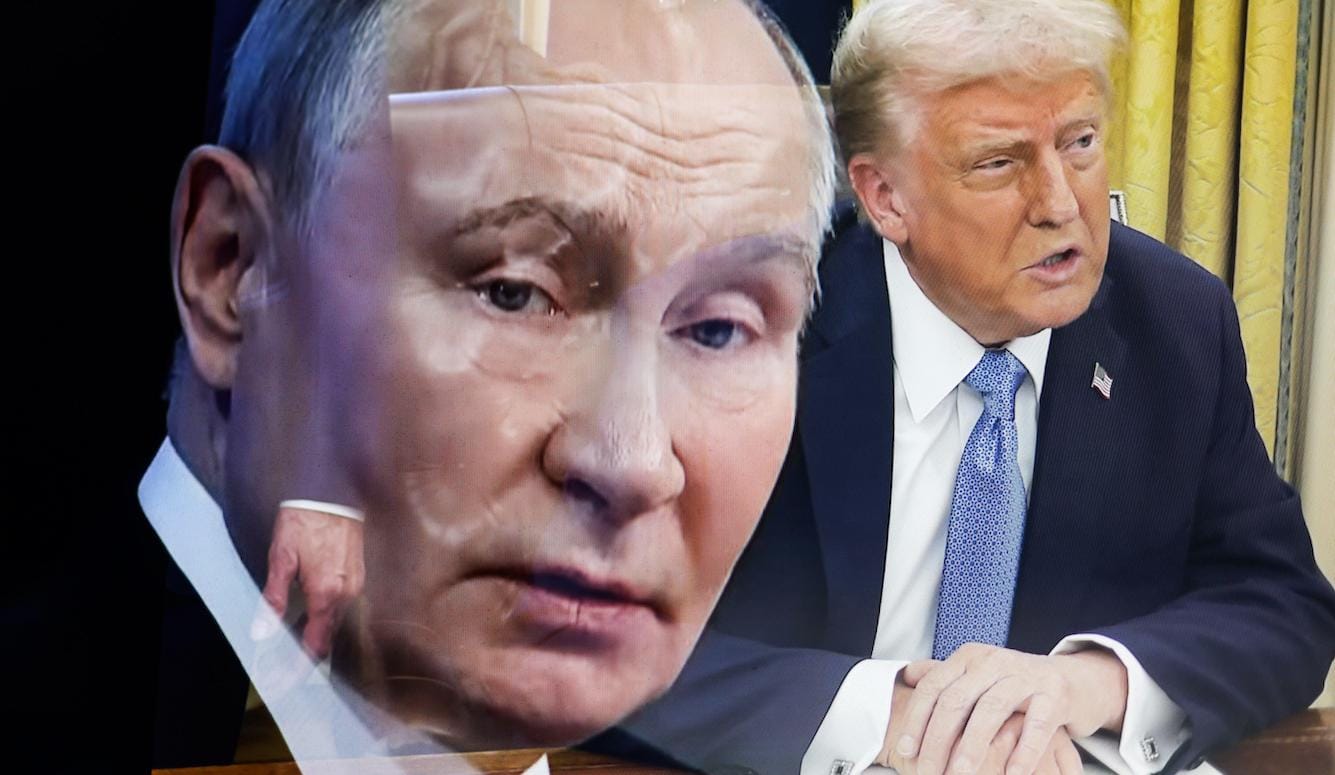
Eight months into Donald Trump’s second term in the White House, Portuguese president Marco Rebelo de Sousa remarked that the president of the United States was “objectively” acting as a “Russian asset.” That comment brought back the ghosts of the “Russiagate” scandal of Trump’s first term, when he was accused of colluding with Russian agents during the 2016 election.
Two days later, during an interview with the Daily Caller, Trump reiterated his own version of those events—that the “Russia, Russia, Russia hoax” was a conspiracy orchestrated by Hillary Clinton, the Obama administration, and corrupt intelligence chiefs to frame him for Russian collusion. He added that those responsible for his persecution should be in jail, possibly including former CIA chief John Brennan and former FBI director James Comey. And in fact, a grand jury investigation into the matter, ordered by Attorney General Pam Bondi, is already underway.
Claims that Russiagate was a “hoax” and a “witch-hunt” have been made by Trump and his supporters since the scandal first became news. Now, however, those claims are endorsed by top administration officials—director of national intelligence Tulsi Gabbard alleges a “treasonous conspiracy” and an attempted “coup”—and supposedly vindicated by newly declassified documents.
These documents detail a treasonous conspiracy by officials at the highest levels of the Obama White House to subvert the will of the American people and try to usurp the President from fulfilling his mandate.
— DNI Tulsi Gabbard (@DNIGabbard) July 18, 2025

